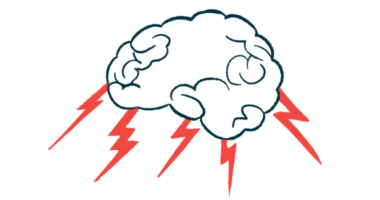Experimental Treatments for Dravet Syndrome
Ataluren
Ataluren is a translational read-through treatment that interacts with the protein-making machinery of the cell, allowing it to ignore the premature stop signal and make a complete protein. Increasing protein levels should address the underlying cause of Dravet syndrome, not just the symptoms. Results on a Phase 2 trial recently showed that ataluren was not an effective treatment for seizures in children with Dravet.
EPX-100
EPX-100 is a repurposed antihistamine that is thought to be able to suppress seizures through its action on the serotonin signaling pathways, a mechanism that is different from its anti-histaminic properties. Researchers identified it in a screen of thousands of approved medications that they conducted in a zebrafish model of Dravet syndrome. A Phase 2 trial in Dravet patients is currently underway.
EPX-200
EPX-200 is a serotonin-receptor agonist that works by modifying serotonin signaling pathways. Preclinical studies suggest that the activation of serotonin receptors called HTR2A and HTR2C have anti-epileptic effects. It has been tested in five Dravet patients under the FDA’s compassionate use program; all five had fewer seizures while on the experimental medication.
EPX-300
EPX-300 is already approved to treat insomnia, depression, and anxiety, and is now being investigated as a potential treatment for Dravet syndrome. It works by acting on the serotonin-signaling pathways and is also thought to act on the message-sending brain cells, preventing serotonin re-uptake. It has been tested in zebrafish models of Dravet in preclinical studies.
Soticlestat
Soticlestat is being developed to treat rare developmental and epileptic encephalopathies, including Dravet syndrome. It works by inhibiting the activity of the cholesterol 24-hydroxylase (CH24H) enzyme, which plays a role in regulating the neurotransmitter glutamate, which can increase the initiation and spread of seizure activity. A Phase 3 trial is currently being planned.
SPN-817
SPN-817 is a synthetic form of a naturally occurring compound, huperzine A, which inhibits an enzyme in the brain that metabolizes neurotransmitters. SPN-817 is able to increase the levels of a neurotransmitter called gamma-aminobutyric acid (GABA). In this way, it is thought to be able to reduce seizure activity in the brain. It is currently being tested for the treatment of focal impaired awareness seizures in a Phase 1/2 trial.






